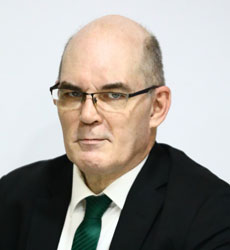COAL-FIRED electricity generation has long been known to be one of the world's biggest sources of greenhouse gas (GHG) emissions, and over the past couple of years, there has been an increase in attention paid to the broad goal of replacing coal power with something else, preferably emissions-free renewable energy. News in the past couple of weeks, however, has shown that achieving that goal, at least in this part of the world, is turning out to be a great deal more challenging than anyone anticipated.
The biggest piece of news of late was the announcement during the recent (Nov. 19) G20 summit in Brazil by new Indonesian president Prabowo Subianto that his country would move up its "net-zero" target by 10 years, from 2060 to 2050, and as a key part of that objective, would commit to phasing out coal power in Indonesia by 2040. This is a tall order because outside of China, Indonesia is the biggest user of coal generation in East and Southeast Asia, thanks to having abundant supplies of the stuff, which makes it cheap and accessible. Indonesia has so much coal that it is easily able to supply most of what we use for our own coal plants in the Philippines since the coal we have is not actually good for that purpose.
Continue reading with one of these options:
Ad-free access
P 80 per month
(billed annually at P 960)
- Unlimited ad-free access to website articles
- Limited offer: Subscribe today and get digital edition access for free (accessible with up to 3 devices)


